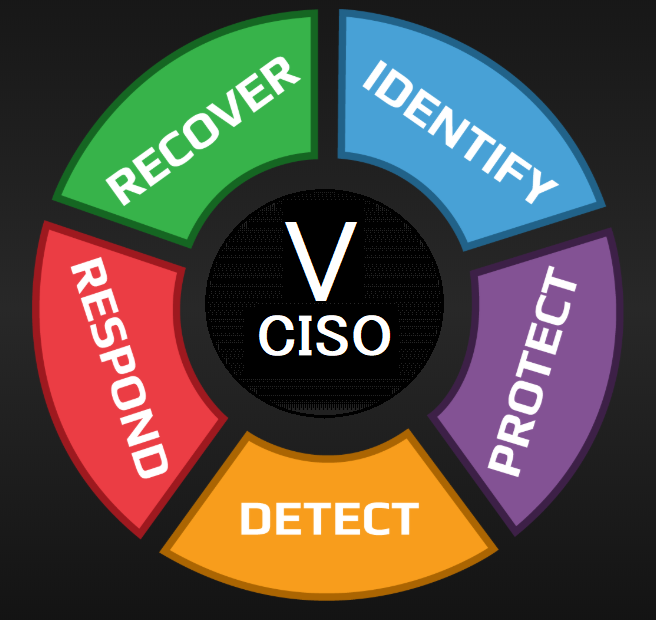In today’s fast-evolving AI landscape, rapid innovation is accompanied by serious challenges. Organizations must grapple with ethical dilemmas, data privacy issues, and uncertain regulatory environments—all while striving to stay competitive. These complexities make it critical to approach AI development and deployment with both caution and strategy.
Despite the hurdles, AI continues to unlock major advantages. From streamlining operations to improving decision-making and generating new roles across industries, the potential is undeniable. However, realizing these benefits demands responsible and transparent management of AI technologies.
That’s where ISO/IEC 42001:2023 comes into play. This global standard introduces a structured framework for implementing Artificial Intelligence Management Systems (AIMS). It empowers organizations to approach AI development with accountability, safety, and compliance at the core.
Deura InfoSec LLC (deurainfosec.com) specializes in helping businesses align with the ISO 42001 standard. Our consulting services are designed to help organizations assess AI risks, implement strong governance structures, and comply with evolving legal and ethical requirements.
We support clients in building AI systems that are not only technically sound but also trustworthy and socially responsible. Through our tailored approach, we help you realize AI’s full potential—while minimizing its risks.
If your organization is looking to adopt AI in a secure, ethical, and future-ready way, ISO Consulting LLC is your partner. Visit Deura InfoSec to discover how our ISO 42001 consulting services can guide your AI journey.
We guide company through ISO/IEC 42001 implementation, helping them design a tailored AI Management System (AIMS) aligned with both regulatory expectations and ethical standards. Our team conduct a comprehensive risk assessment, implemented governance controls, and built processes for ongoing monitoring and accountability.
👉 Visit Deura Infosec to start your AI compliance journey.

ISO 42001—the first international standard for managing artificial intelligence. Developed for organizations that design, deploy, or oversee AI, ISO 42001 is set to become the ISO 9001 of AI: a universal framework for trustworthy, transparent, and responsible AI.
Trust Me – ISO 42001 AI Management System
ISO/IEC 42001:2023 – from establishing to maintain an AI management system
AI Act & ISO 42001 Gap Analysis Tool
Agentic AI: Navigating Risks and Security Challenges
Artificial Intelligence: The Next Battlefield in Cybersecurity
AI and The Future of Cybersecurity: Navigating the New Digital Battlefield
“Whether you’re a technology professional, policymaker, academic, or simply a curious reader, this book will arm you with the knowledge to navigate the complex intersection of AI, security, and society.”
AI Governance Is a Boardroom Imperative—The SEC Just Raised the Stakes on AI Hype
How AI Is Transforming the Cybersecurity Leadership Playbook
Top 5 AI-Powered Scams to Watch Out for in 2025
Summary of CISO 3.0: Leading AI Governance and Security in the Boardroom
AI in the Workplace: Replacing Tasks, Not People
Why CISOs Must Prioritize Data Provenance in AI Governance
Interpretation of Ethical AI Deployment under the EU AI Act
AI Governance: Applying AI Policy and Ethics through Principles and Assessments
Businesses leveraging AI should prepare now for a future of increasing regulation.
Digital Ethics in the Age of AI
DISC InfoSec’s earlier posts on the AI topic
Secure Your Business. Simplify Compliance. Gain Peace of Mind
InfoSec services | InfoSec books | Follow our blog | DISC llc is listed on The vCISO Directory | ISO 27k Chat bot | Comprehensive vCISO Services | ISMS Services | Security Risk Assessment Services | Mergers and Acquisition Security






























